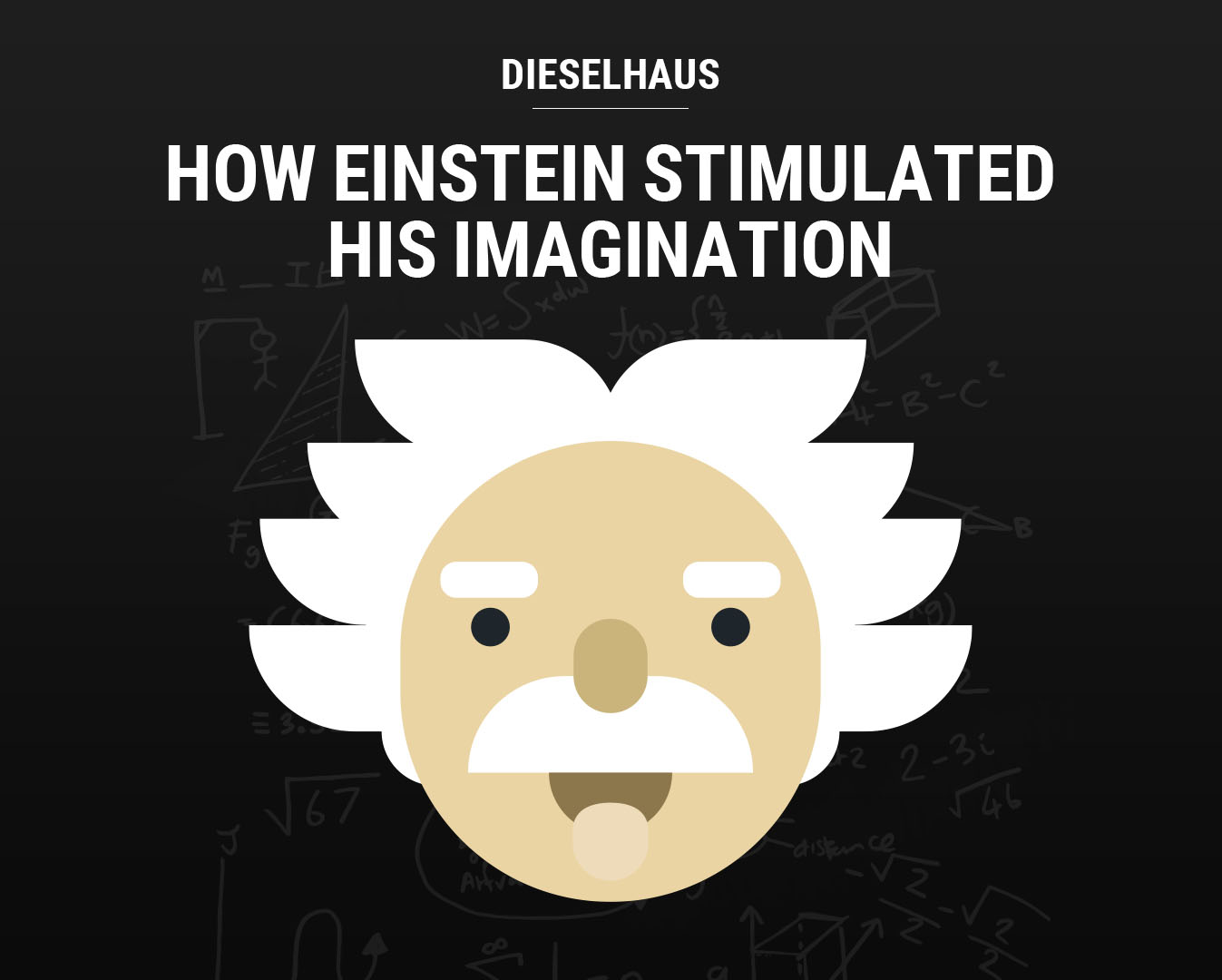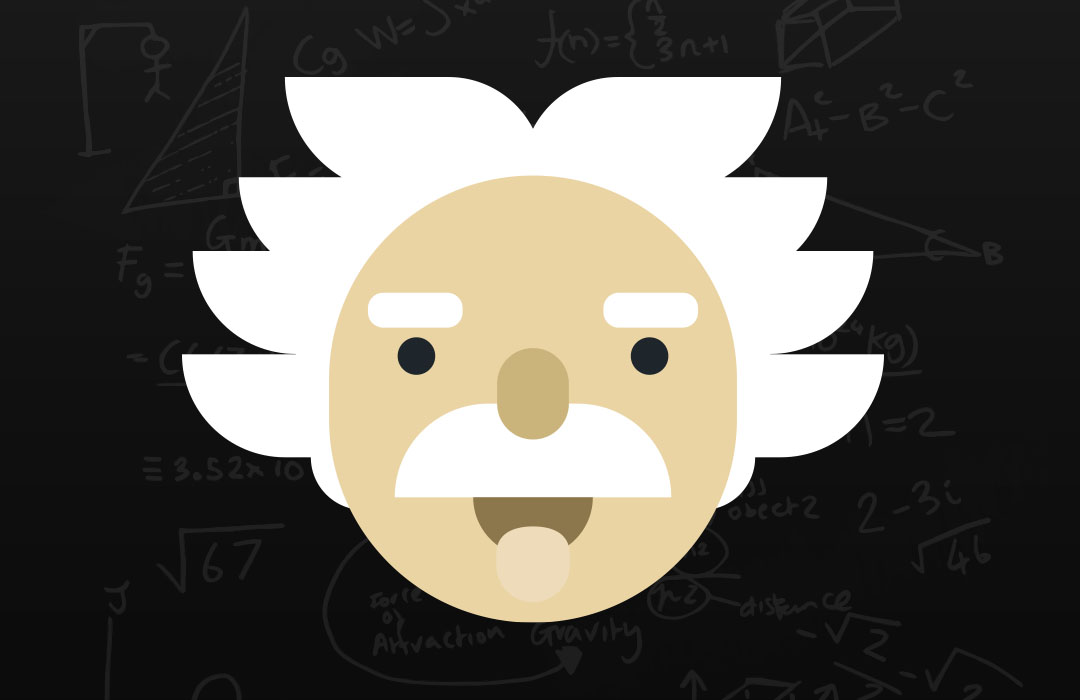Albert Einstein, the renowned physicist and one of the most influential minds in history, held a remarkable perspective on the power of imagination. Beyond his groundbreaking contributions to theoretical physics, Einstein’s thoughts on imagination have left an indelible mark on how we perceive creativity, innovation, and the nature of reality itself.

Einstein believed that imagination was more than just a fanciful mental exercise; he considered it to be a fundamental tool for understanding and exploring the universe. He famously stated, “Imagination is more important than knowledge. For knowledge is limited, whereas imagination embraces the entire world, stimulating progress, giving birth to evolution.”
12 Ways Einstein Stimulated His Imagination
While there isn’t an exhaustive list of specific mental exercises he used, he did mention various techniques and habits that helped him stimulate his imagination and problem-solving abilities. Here are some of the methods he reportedly used:
-
Thought Experiments: Einstein was known for his thought experiments, where he would imagine hypothetical scenarios to explore the implications of his theories. One famous example is his “Elevator Thought Experiment” related to the theory of general relativity.
-
Visualizing Physical Concepts: Einstein often used visualization to understand abstract concepts in physics. He would mentally picture moving objects, light beams, and other physical phenomena to gain insights into their behavior.
-
Gedankenexperimente (Thought Experiments in German): Einstein’s native language was German, and he often used Gedankenexperimente to explore concepts. These thought experiments involved creating mental scenarios to test the consequences of certain theories or hypotheses.
-
Daydreaming: Einstein valued periods of daydreaming and unstructured thinking. He believed that allowing his mind to wander freely could lead to innovative ideas.
-
Solving Puzzles: Einstein enjoyed solving puzzles and mathematical problems. Engaging with challenging puzzles and brainteasers likely helped him maintain a sharp and creative mind.
-
Music and Violin Playing: Einstein was an accomplished violinist and found that playing the violin helped him relax and think creatively. He often said that his best ideas came to him while playing the violin.
-
Socratic Questioning: Einstein engaged in intense discussions and debates with colleagues, challenging each other’s ideas and assumptions. This practice helped him refine his own thoughts and expand his perspectives.
-
Mental Visualization: Einstein used mental imagery to explore the implications of his theories. He would imagine riding alongside a beam of light or envision the effects of gravitational fields.
-
Mentally Rearranging Concepts: Einstein would mentally rearrange and reconfigure ideas and concepts, looking at them from various angles to uncover hidden connections and insights.
-
Challenging Conventional Wisdom: Einstein had a habit of questioning established knowledge and assumptions. He would ask “What if?” questions and challenge the status quo to foster creative thinking.
-
Interdisciplinary Thinking: Einstein was open to drawing inspiration from various fields beyond physics. He often looked to philosophy, art, and literature for insights that could inform his scientific work.
-
Keeping Curiosity Alive: Einstein maintained a strong sense of curiosity throughout his life. He believed that maintaining a childlike curiosity was essential for continuous learning and innovative thinking.
Get Started

















